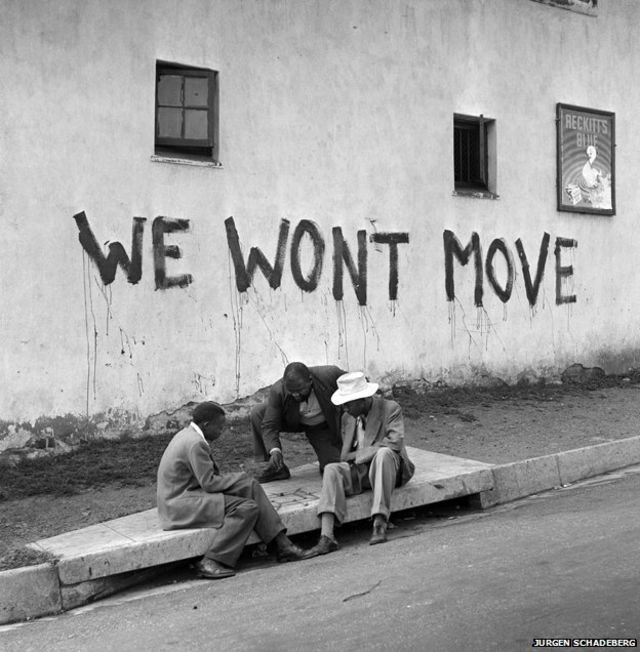The Group Areas Act, implemented in South Africa in 1950, was one of the cornerstones of the apartheid regime. It’s a subject that remains relevant in our history lessons today, highlighting the stark racial divisions that were legally enforced in the country. In this essay, We will explore what the Group Areas Act was, why it was implemented, and its long-lasting effects on South African society.
Group Areas Act Essay: A Grade 9 Perspective
The Group Areas Act, as explored from a Grade 9 perspective, was a significant piece of legislation in South Africa’s apartheid era. Enacted in 1950, it segregated urban areas into different neighborhoods based on race. Motivated by a desire to maintain racial purity, economic control, and social engineering, the Act led to forced removals, social disintegration, economic disparities, and long-lasting psychological impacts. The law’s purpose was to create physical barriers between racial groups, reinforcing stereotypes, and ensuring white dominance. Studying this act offers a vital historical lesson on the importance of justice, equality, and human dignity, and it serves as a reminder to strive for a more inclusive society.
What Was the Group Areas Act?
The Group Areas Act was legislation that divided urban areas into distinct neighborhoods based on racial lines. The law designated specific regions where different racial groups could live, work, and own land. The primary purpose was to segregate the population and ensure that racial groups did not mix.
The Motivation Behind the Act
The apartheid government believed in the separation of races, viewing it as necessary for maintaining white supremacy. The Group Areas Act was one of the many laws enacted to create physical barriers between racial groups.
- Racial Purity: The government sought to preserve the perceived purity of the white race by preventing intermingling with other racial groups.
- Economic Control: By segregating areas, the government could control where non-white individuals could own property and run businesses, thus ensuring economic dominance by the white population.
- Social Engineering: The Act was also a tool for social engineering, reinforcing stereotypes and prejudices by keeping races physically apart.
Consequences of the Group Areas Act
The implementation of the Group Areas Act had severe and far-reaching consequences.
- Forced Removals: Thousands of non-white South Africans were forcibly removed from their homes and relocated to racially designated areas. Many lost their properties and livelihoods.
- Social Disintegration: Families and communities were torn apart, leading to a loss of cultural heritage and social cohesion.
- Economic Disparities: The Act contributed to significant economic inequalities, as non-white South Africans were often moved to less desirable areas with fewer opportunities.
- Psychological Impact: The humiliation and dehumanization experienced during forced removals left deep psychological scars that continue to affect individuals and communities.
Conclusion
The Group Areas Act wasn’t just a law; it was a systematic and cruel means to segregate and control the South African population. Its effects were devastating, tearing apart communities, perpetuating economic inequalities, and leaving a legacy of pain and division.
Studying the Group Areas Act as a Grade 9 student, I am struck by the power that laws can have, both to protect and to harm. The Act serves as a stark reminder of the importance of justice, equality, and human dignity in our legal system. It also underscores the necessity of remembering our history, so we may learn from it and strive to create a more inclusive and compassionate society.

